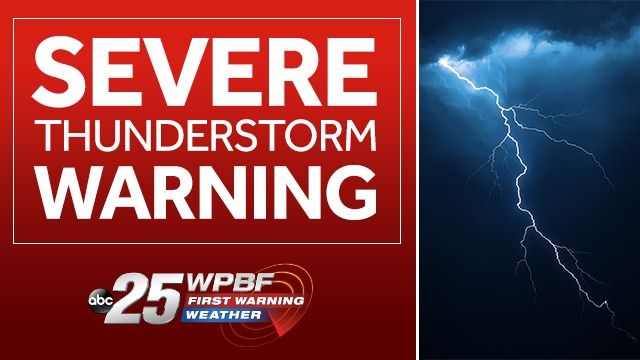Plasma is the 4th state of matter and it comes in many flavors. You probably know it from it’s greatest hits, fire and lightning, but there is a lot more to plasma than most people are aware of. Cold plasma is my personal favorite as it has the same beautiful glow that all plasma have, but it’s no warmer than room temp and feels cold to the touch. In this video we go through my year long journey to harness this weird state of matter into a torch that can be used for future experiments and in the lab.
Support the show and future projects:
Patreon: https://www.patreon.com/thethoughtemporium
Ko-Fi: https://ko-fi.com/thoughtemporium
Become a member: https://www.youtube.com/channel/UCV5vCi3jPJdURZwAOO_FNfQ/join
Store: https://teespring.com/stores/the-thought-emporium
_________________________________________________________________
My Social Media Pages:









